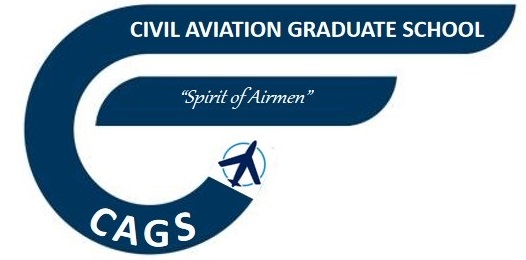Overview of the PROGRAM:
The essential elements of current international airport planning and design trends, including airport master planning, layout plans, geometric design and layout of the airfield and terminal facilities, are covered in this course.
Delegates also will be schooled in obstruction analysis, signage and lighting, forecasting, airside and landside interface, and capacity and delay effects. Environmental planning, such as hazardous wildlife attractants, airport noise and compatible land use, is fully covered as well.
Training Objectives
- Understand how fundamentals of design, planning and management are integrated into airport facilities. Included are a review of current airport facilities and their industry ranking in terms of passenger and cargo movement.
- Recognize the international differences in planning and design and understand the physical differences of airport design , including terminal facilities and aircraft parking.
- Understand the concept of Multi-Airport Systems and how the impact airport planning and design.
- Identify factors of landslide access and egress including intermodal transportation systems to achieve an orderly flow of traffic at the facility. Planning issues related to airport ground access improvements will be examined.
- Understand the concept and process of baggage handling systems, Mechanical as well as computerized complex systems will be examined.
With continued growth in global air travel demand, airport owners and operators need cutting-edge technologies, flexibility and capacity to remain efficient and competitive. They also need reliable solutions to meet growing requirements and sustainable ambitions.
Who should attend?
This course is recommended for:
- Government and Regulatory agencies
- Airport Managers and Directors
- Airport Planning and Consultants
- State Department of Transport
- Air Traffic Controllers
- Airlines and Civil Aviation Managers
- Ground Handling Managers
- Duty Managers and Supervisors
- Legal Advisers
- Contractors and Architects
- Ministry of Transport Staffs
Key topics
- Long-Term Growth
- Organizational Change
- Technological Change
- Trends in Airline Fleets
- Airline Network Structures
- Airline Scheduling and Fleet Assignment Optimization
- Airline Operations at the Airport
- Planning Concepts
- Systems Perspective
- The Forecast Is “Al ways Wrong”
- Concept of Dynamic Strategic Planning
- Dynamic Strategic Planning Process and Methods
- Basic Concepts and Issues
- Difficulties in Developing Multi-Airport Systems
- Market Dynamics
- Planning and Developing Multi-Airport Systems
- Airport Classification Codes and Design Standards
- Wind Coverage, Airport Layouts
- Runway Length
- Runway Geometry
- Taxiways, Aprons
- Physical Obstacles
- Measures of Runway Capacity
- Factors Affecting the Capacity of a Runway System
- Range of Airfield Capacities a nd Capacity Coverage
- A Model for Computing the Capacity of a Single Runway
- Generalizations and Extensions of the Capacity Model
- Capacity of Other Elements of the Airfield
- The Characteristics of Airside Delays
- Policy Implications and Practical Guidelines
- The Annual Capacity of a Runway System
- Estimating Delays with Models
- Measurement and Attribution of Delays
- Administrative Approaches to Demand Management of airports
- Economic Approaches to Demand Management of airports
- Hybrid Approaches to Demand Management of airports
Policy Considerations
- Systems Requirements for Airport Passenger Buildings
- Five Basic Configurations
- Evaluation of Configurations
- Assessment of Configurations
- Hybrid Configurations in Practice
- Overall Design of Passenger Buildings
- Detailed Design of Passenger Buildings
- Regional Airport Access
- Cost-Effective Solutions Parking
- Automated People Movers, Landside & Airside APMs
- Airport APM Planning Issues
- Within-Airport Distribution of Checked Bags
- Language: English
- Classroom (C) / Online (O)/ Virtual (V)
- Duration: Online (15 Days) Virtual / Class (5 days)
- USD $ 3350 per Trainee
Course Brochure
Download .pdf
